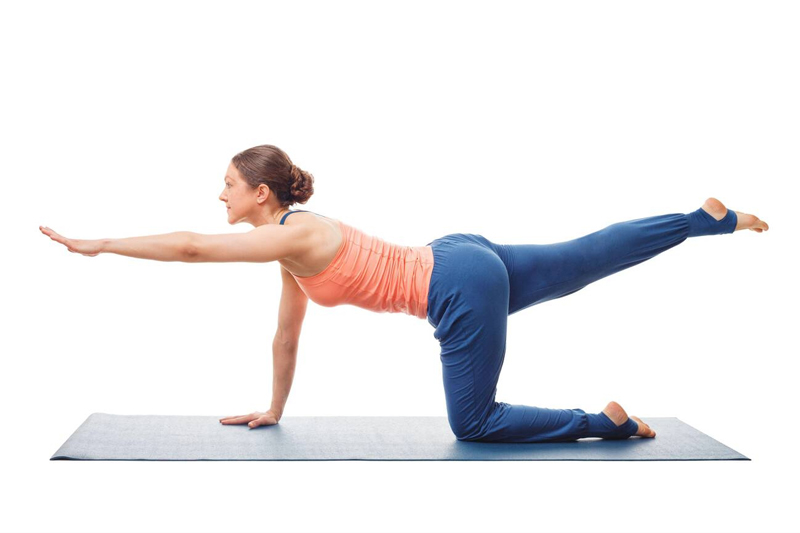
Are you interested in the area of Hatha yoga? You may have encountered this word in yoga studios or have seen it in the list of classes for the very first time, yet you are not sure what it involves. We will thoroughly investigate the history, philosophy, advantages, and characteristics of Hatha Yoga in this in-depth guide so that you will be prepared to pursue or expand your interest in yoga.
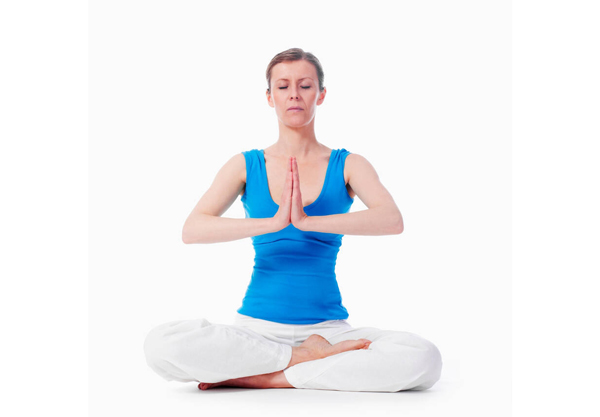
Though hatha yoga is an evolved form of yoga practiced widely today, it has its roots in ancient India. The word “hatha” is derived by combining two Sanskrit words, ‘ha’, which means sun, and ‘tha’, which means moon. This represents the idea of certain opposing energies within the body. Such energies may include male and female, light and dark, or positive and negative.
The earliest known writing on Hatha Yoga is estimated to be “Hatha Yoga Pradipika,” written by Swatmarama in the 15th century CE. “Hatha Yoga Pradipika” is composed of four sections outlining the main points and tactics of this practice, which includes physical exercises (asanas), control of the breath (pranayama), and contemplation.
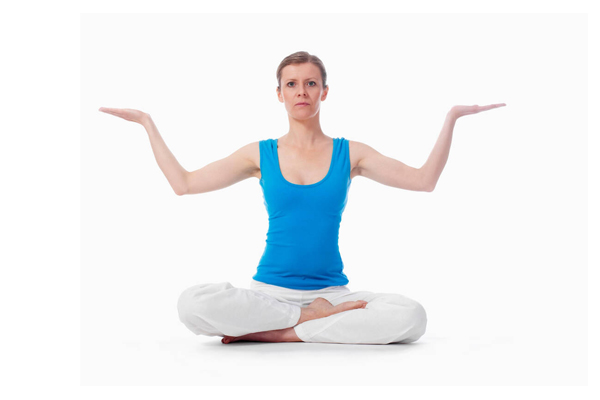
In simple terms, Hatha yoga is a unifying approach that aims to balance and integrate the body, mind, and spirit. These practices occur in matching the processes of self-realization or enlightenment, which is called Samadhi.
As per the Hatha Yoga tradition, the human body is said to be a cosmos in that something else that is available in the universe also is available in this body. Thus, while practicing Hatha Yoga we can access these energies and integrate them towards the cleansing and perfecting of our physical, mental, and emotional selves.
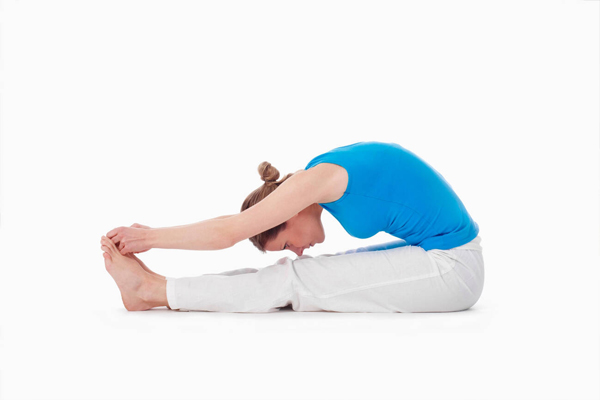
To those who want to get straight to the heart of the matter, as briefly as possible, the anatomy and oral history of the Hatha Yoga practice, the factors of this enduring practice, its benefits, its styles, some of its common poses and who can practice this ancient practice, can be found in the following summary table. If you are a novice or an advanced yogi, it does not matter, this summary will allow you to quickly understand the main principles underlying Hatha Yoga.
| Key Elements | Benefits | Styles | Common Poses | Suitable For |
| Asanas (Physical Postures) | Improved flexibility, strength, and posture | Ashtanga Yoga | Warrior Poses, Sun Salutations | Intermediate to Advanced |
| Pranayama (Breathing Techniques) | Reduced stress, increased vitality, and mental clarity | Iyengar Yoga | Triangle Pose, Seated Forward Bend | Beginners to Advanced |
| Meditation | Cultivates inner awareness, focus, and self-realization | Vinyasa Yoga | Downward-Facing Dog, Cobra Pose | Beginners to Advanced |
| Enhances overall physical, mental, and emotional well-being | Bikram Yoga | Standing Bow Pose, Locust Pose | Intermediate to Advanced | |
| Sivananda Yoga | Shoulder Stand, Fish Pose | Beginners to Advanced |
By incorporating these essential elements into your practice, exploring the various styles available, and choosing poses suitable for your level of experience, you can experience the transformative power of Hatha Yoga and unlock its numerous benefits for your body, mind, and spirit.
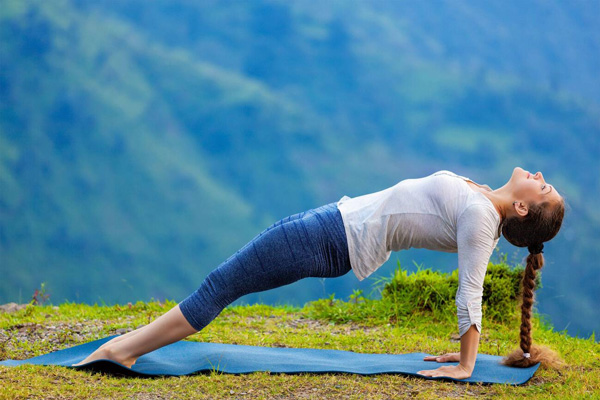
Hatha Yoga can be regarded as a holistic practice that includes three important aspects: asanas or physical postures that build strength and flexibility, pranayama or breath control that increases energy and calms the mind, and meditation which is focused on increasing inner awareness and self-knowledge. All these sufficing practices construct an adequate and effective Hatha Yoga practice.
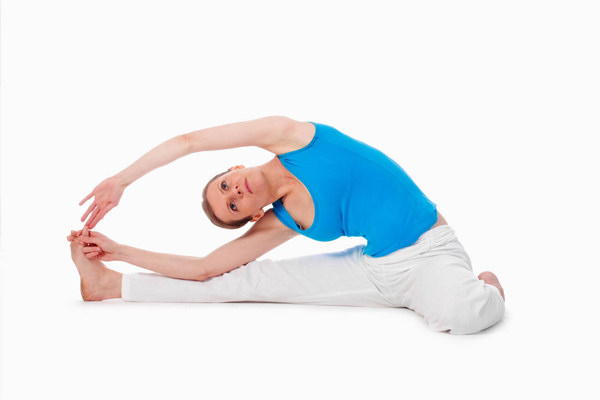
Asanas, the most well-known of Hatha Yoga, bring many advantages not only to the physical body but to the mental body as well. If you practice the asanas of Yoga regularly, you will become more flexible, and stronger, and promote appropriate posture alignment.
Asanas could be termed hatha yoga postures which assist with the physical and mental effort geared towards meditation by the release of stress, directing the flow of blood to proper organs, and calming the inner faculties. For beginners and regulars alike, the inclusion of different asanas within Hatha Yoga practice is rewarding as it improves physical and mental well-being while preventing the onset of injuries and chronic pain. With routine execution, you can say goodbye to the condition of being unwell affecting your fitness level.
Some common asanas in Hatha Yoga include:
The Hatha Yoga Pradipika: a hatha yoga classic manual written in the 15th century, explains the basics of 15 essential postures among which many are already mentioned above. However, it is claimed that there are 84 traditional basic postures or asanas of Hatha Yoga, even if not all of them appear in the surviving texts.
Further, the sixteen basic asanas are said to assist the student in purifying and preparing their body for performing pranayama, mudras, bandhas, and meditation. They enhance flexibility, and additional strength and provide comfort while relaxing the body.

Pranayama is maybe the most important detail of hatha yoga, which allows you to relieve stress, increase the volume of the lungs, and improve the general condition of the body. Pranayama means breath regulation, so when one performs these techniques, one’s breath is held which therefore calms the brain and the whole complex of the nervous system.
In Hatha Yoga, pranayama is believed to increase the flow of vital energy (prana) throughout the body, promoting physical and mental balance. Daily practice of pranayama may help decrease feelings of stress and anxiety, better the quality of your sleep, and even elevate the body’s protective functions.
Regardless of whether it is your first time engaging in Hatha yoga or you have done it for years, learning how to properly perform pranayama can add more depth to one’s practice and bring positive health changes.
Some common pranayama techniques in Hatha Yoga include:
The Hatha Yoga Pradipika in the 15th section emphasizes the eight prana types called the Ashtanga Kumbhaka pranayama. It should be noted though that many other Hatha Yoga breathing techniques have been refined through the years and are used to improve a person’s physical, mental, and spiritual health. Nevertheless, for safety and effective learning, it’s usually best to seek professional assistance from an experienced teacher, especially with pranayama.
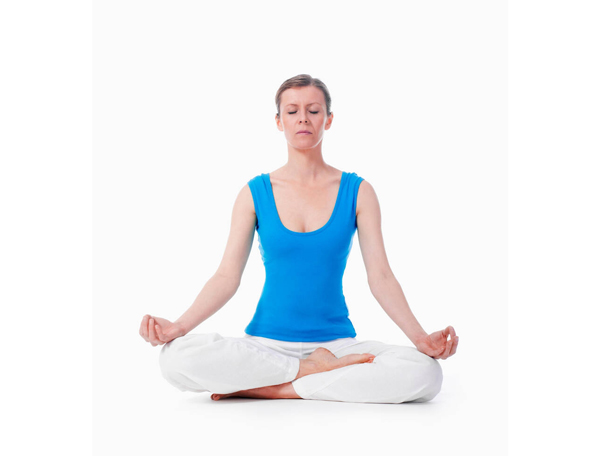
Meditation, which is also part of Hatha Yoga, is essential in helping create an inner balance, enhancing self-control, and generally making one’s life better. Thus, it clears the mind of disturbances and focuses inward while performing Hatha Yoga.
A beginner, as well as an advanced yogi, can choose from several meditation techniques offered by Hatha Yoga including breath meditation or active listening; this is termed as mindfulness meditation; mantra-based meditation where one utters a sound or sentence over and over again; imaging exercise aimed at inducing calmness or inner peace and referred to as visualization meditation.
With regular meditation practice, one is likely to enjoy several mental and emotional rewards, for example feeling happier, lowering the stress levels of a person, sleeping better, and enhancing one’s mind. If you have just a few minutes or even an hour to spare, spending time on meditation as part of the Hatha Yoga regimen is good for your health and general well-being. Like any other style of yoga, it might be beneficial when practiced regularly.
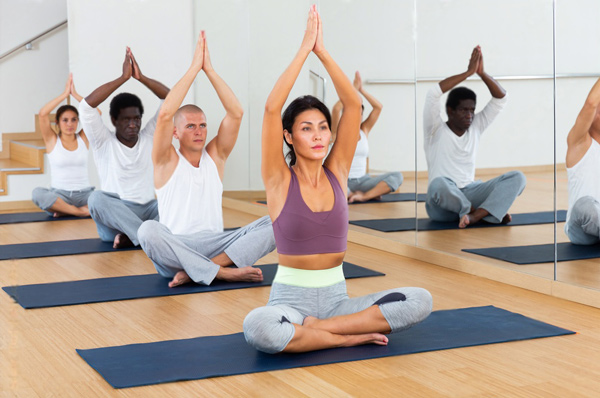
It has been established that practicing Hatha Yoga continuously can provide numerous advantages which are physical, emotional as well and psychological
aspects making one’s life to be on a much better living standard.
Unfortunately, lack of physical activity is detrimental to one’s physical health, and adequate relief from stress is rare. Another area that Hatha Yoga has been found to develop is the sense of purpose, joy, and well-being in the individual’s life.
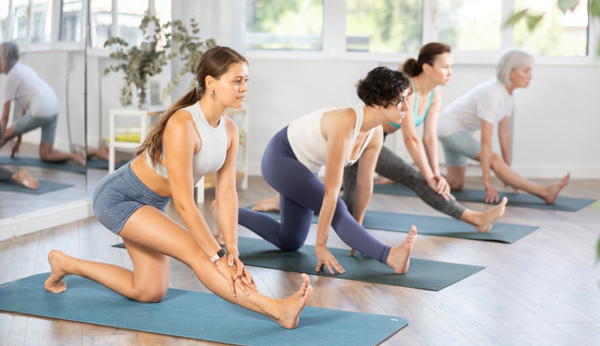
With passing years, several forms of Hatha Yoga have come up and have gained popularity each coming with different techniques and focus. A few of these include:
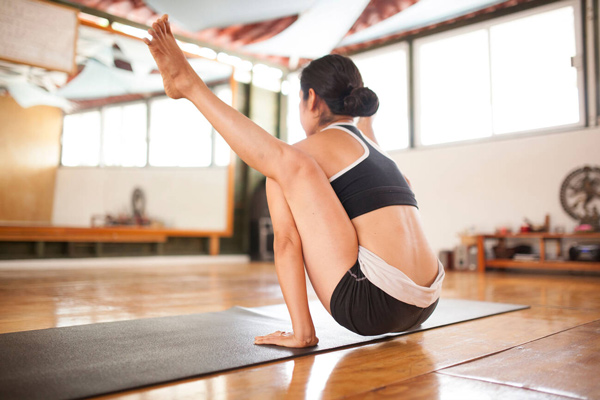
This is a physically challenging form of yoga that consists of a series of postures that are linked to the breath allowing movement from one to the next. This method is characterized by a lot of intensity when being practiced and mostly the middle level and seasoned yogis tend to perform it.
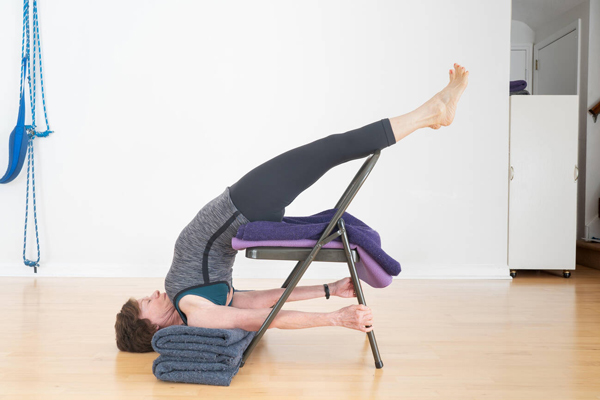
This style, also called Iyengar Yoga, pays special attention to the precise characteristics of each asana, as well as the use of various props (blocks, straps, or blankets) as an aid to help the student achieve the correct formulation of the body in every pose by utilizing more props. This spine style is best for all as a first-timer or someone with some underlying health conditions.
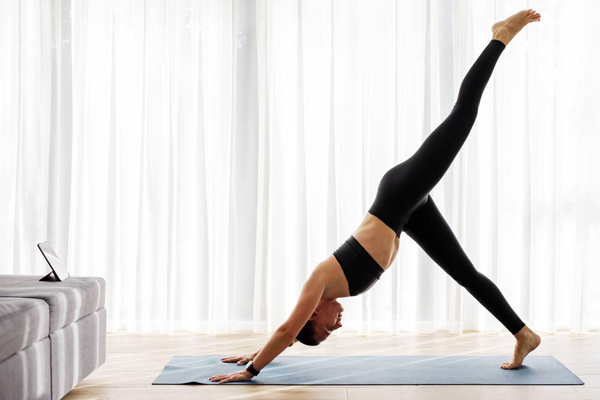
Vinyasa, also termed Flow Yoga, integrates several asanas in an uninterrupted manner focusing on breathing. This style of yoga is more supported in motion and very active compared to the ancient hatha yoga which appeals to many who wish to practice a more active style.
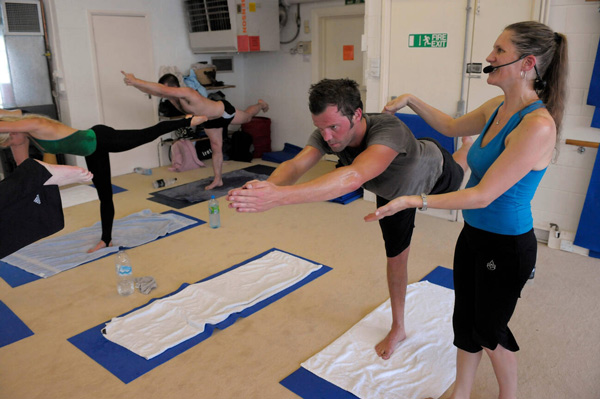
Bikram Yoga or Hot Yoga is carried out in an artificially warm environment (approx. 40 C degrees) and is based on repetition of practicing the sequence of 26 single postures. This Style is aimed at removing toxins from the body and stretching the body.
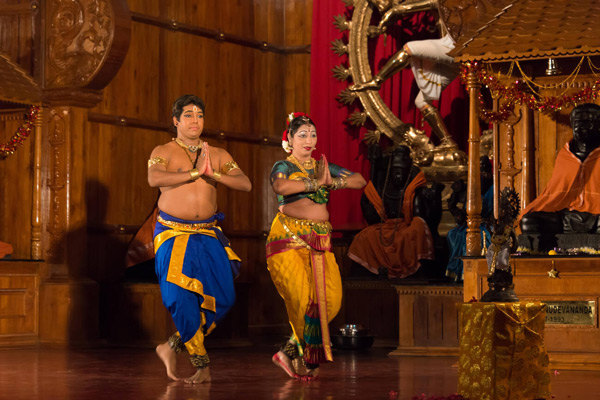
Sivananda Yoga is of Indian origin Sivananda practiced Hatha Yoga. He focused on five principles of yoga viz proper exercise (asanas) proper breathing (pranayama), correct relaxation (savasana) proper nutrition and recreation, and right thinking and meditation (Vedanta and dhyana). Many Sivananda Yoga classes focus on a cyclic sequence of 12 fundamental postures, supplemented by chants, pranayama, and meditation.
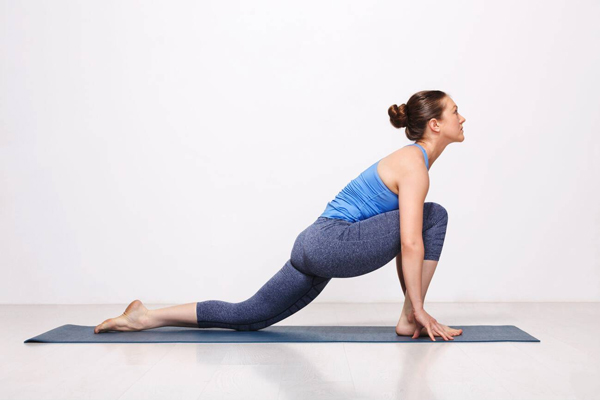
The main principles of Hatha Yoga include:
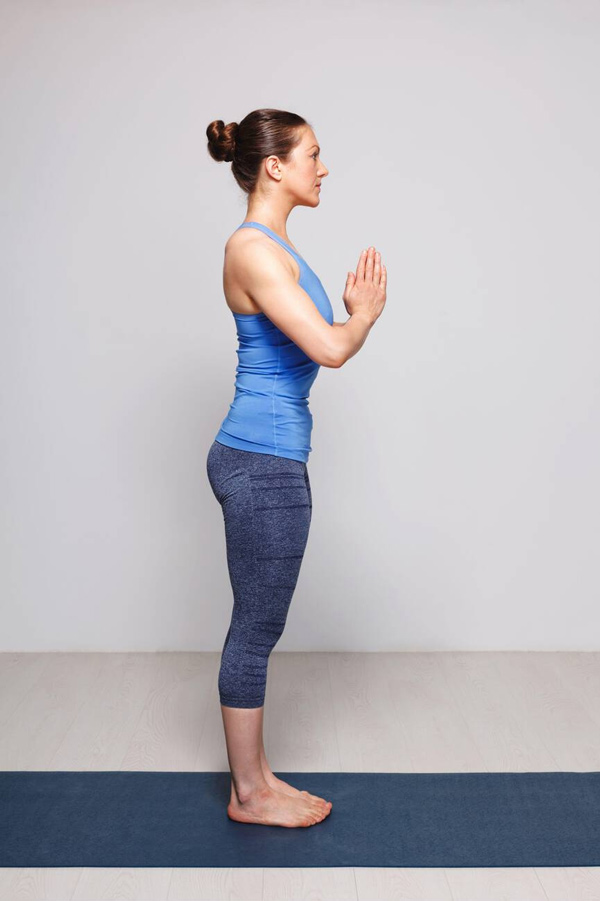
Hatha Yoga is a very broad umbrella term used to describe the many branches of yoga that integrate physical postures, breathing exercises, and self-control. While other styles of yoga such as Ashtanga or Vinyasa may focus on more energetic, dynamic, flow-oriented sequences, Hatha Yoga is characterized by longer-held postures, slower progression, and slower flow.
Also, it stresses how to breathe and how to meditate which is not practiced or hardly practiced in other styles.
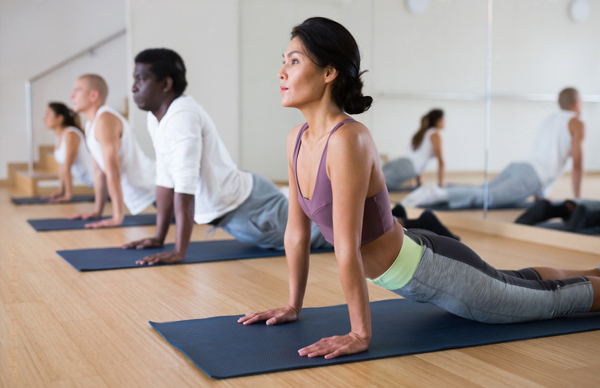
Some of the key poses in Hatha Yoga include:
Hatha Yoga is one such form of yoga that includes body, asana, breathing practices or pranayama, and even meditation. In yoga, ‘normal yoga’ will be the term that encompasses all and will include Hatha Yoga as well.
However, it is important to note that such comparisons are made because people are likely to be looking at ‘regular yoga’ for something more fitness-focused or ‘less spiritual’ compared with Hatha.
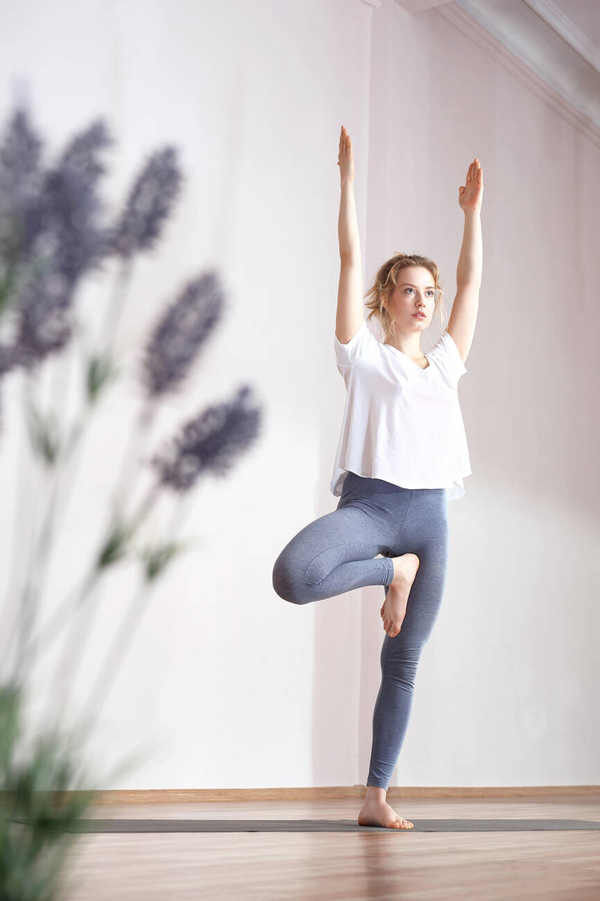
Yes, it certainly is. Hatha Yoga is a great option for a person practicing yoga for the first time. That is because Hatha Yoga forms are usually slower and concentrate on the basic Asanas, Pranayama, and other relaxation techniques so it creates a good base for Yoga beginners.
The practitioners will be able to learn the right alignment, body awareness, inner poise, and comfort by doing Hatha Yoga practice regularly.
This would depend on the class and the instructor because Hatha Yoga may be easier or more difficult than Vinyasa Yoga. As for Hatha yoga, it is understood that the postures taught are slower and may be practiced with some asanas for a long time, which could be difficult in terms of strength and endurance.
Vinyasa Yoga, however, is quite the opposite as it is rather fluid and involves movement continuously integrating breath with movement. Both forms have contrasting advantages and disadvantages, but this is to say how difficult it also varies from one person to another.
As an art form, the Hatha yoga method is quite comprehensive as it incorporates and focuses on various body postures (asanas), breathing techniques (pranayama), meditation, as well as cleansing practices (shatkarmas) to purify the body.
This aim is to equip the trainees with skills for advanced levels of self-realization and appreciation of spirituality through discipline and focus on both body and mental faculties.
Even though Hatha Yoga may help in weight reduction together with a proper wellness strategy, its juices may squeeze relatively less than many more active styles of yoga or other exercise forms in calorie burning.
Regular practice of Hatha Yoga is known to assist interested parties in managing their stress levels and enhance their body awareness as well as their perception of their bodies leading to improved eating behaviors all of which support the goal of weight control. The greater decrease in weight after applying modifications is by regular practice of Hatha Yoga with a good meal plan and other workout programs.
Hatha Yoga is mainly isometric and flexing strength training, not much of an aerobic exercise. Though some of the Hatha Yoga classes may involve relatively more rudimentary and active” and less ‘holding postures’ sequences which elevate the heart rate, restorative Hatha Yoga practice is about posture-increasing strength, stability endurance, and balance rather than increasing the heart’s activity.
In terms of including some aerobic exercises in your daily routine, consider adding other ‘lighter’ forms of exercise like walking, jogging, riding a bicycle, or swimming to your practice of Hatha Yoga.
Hatha Yoga practice can be an important part of a good exercise routine, however, it does not allow you to get all the benefits that a varied program does. Hatha yoga does help in gaining improved strength, flexibility, posture, balance, and mental health but it is not sufficient training for cardiovascular health, and activity levels for the week may also not be sufficient.
For maximum effectiveness or advantages of Hatha yoga practice, you must include other physical exercises which may include; cardio, and resistance training activities amongst others.
Although there are numerous advantages of Hatha Yoga, in actual sense certain disadvantages may also be associated with it.
The number of times one practices Hatha Yoga depends on what one wants to achieve from it, how fit one is, and the time available for it. It can be stated that if Hatha Yoga is practiced 2 – 3 times per week it is already beneficial for such aspects as flexibility, muscle strength, and stress relief.
But using it once a week will not be a waste of time particularly if you are new to yoga or have a tight work schedule. For many individuals, this will be enough as long as it is persistent, and every week some yoga practice is done even twice or three times a month in the beginning. Then the expectations should be raised and the practice frequency should be slowly increased.
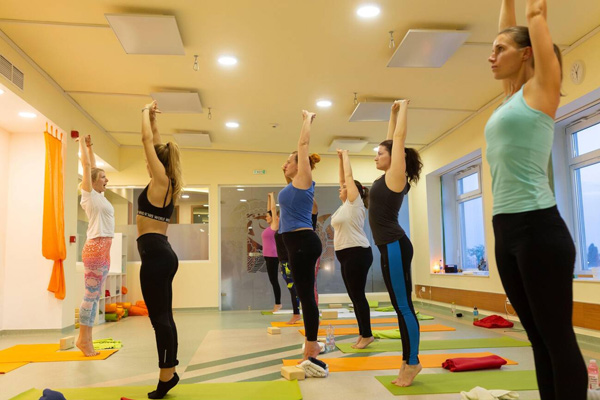
If you wish to cultivate a Hatha Yoga practice, these guidelines will assist you in doing so.
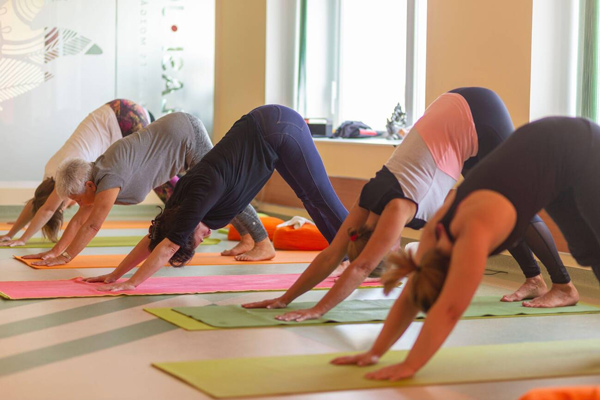
All in all, Hatha Yoga is aimed at transforming the individual holistically through the joints of the body, mind, and spirit. All intrigued by Hatha Yoga should with care obtain insight into its history, philosophy, and significance to appreciate better and understand how this ancient system can help them.
If you are a beginner, Hatha Yoga can help you to build a proper spine, and if you are more advanced, this technique will help you to deepen your practice than you have previously attained. After incorporating asanas, pranayama, and meditative techniques into your everyday life and fixed routines as well as trying out the different available styles of yoga, the hatha yoga benevolence is too many to enumerate and undergo a process of evolution.
Thus, exhale fully, get your feet out of the heavy sands of the present-day practice, and enter the wise words of ancient culture – embrace tradition and follow the path of Hatha Yoga towards a peaceful and balanced life both on and off the mat.
Leave a comment